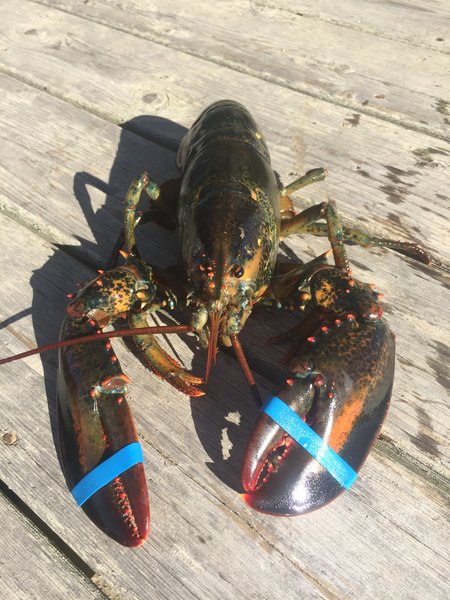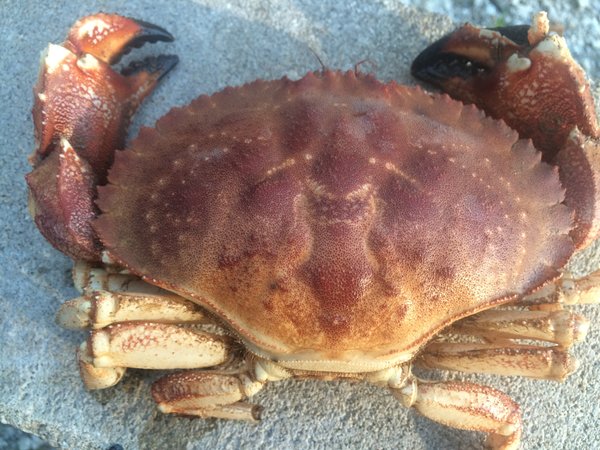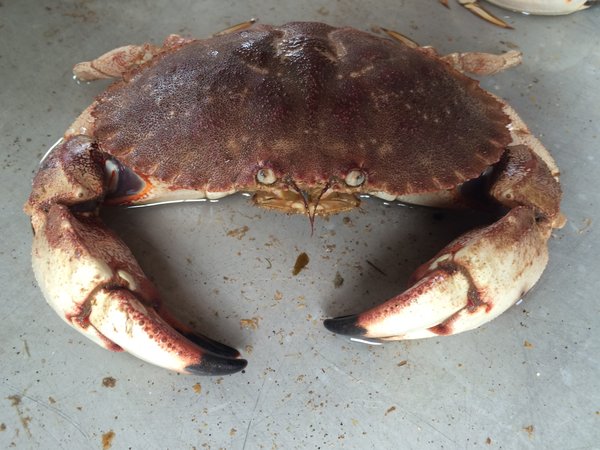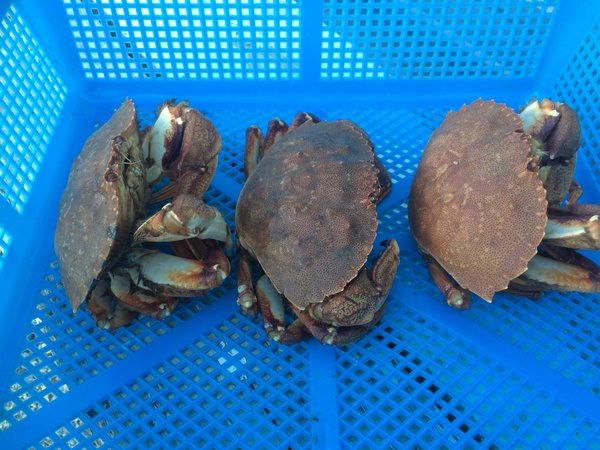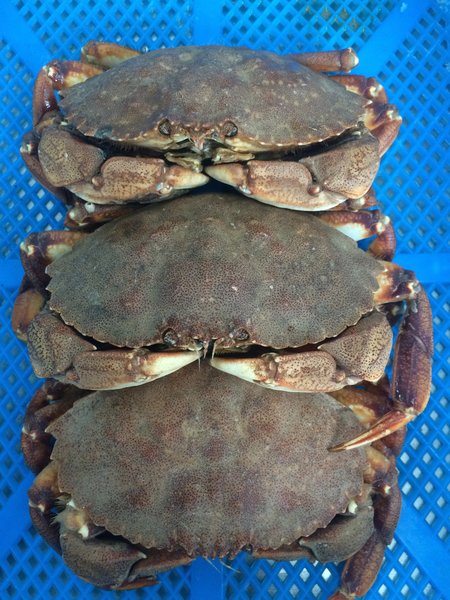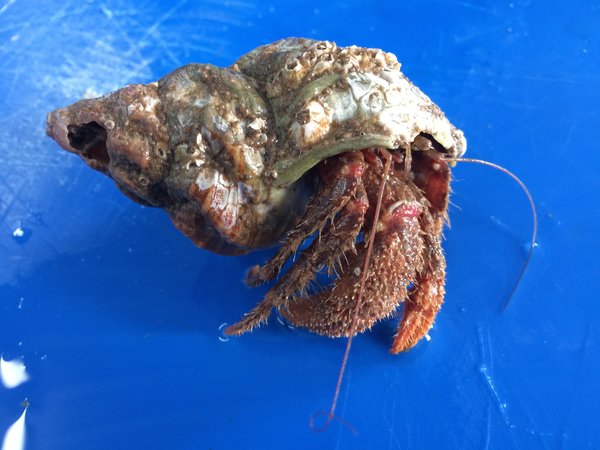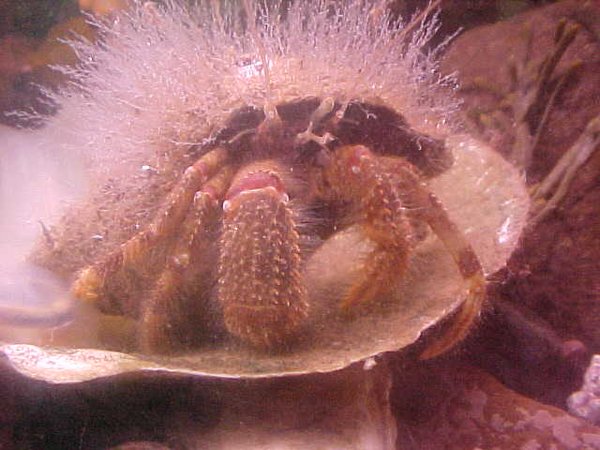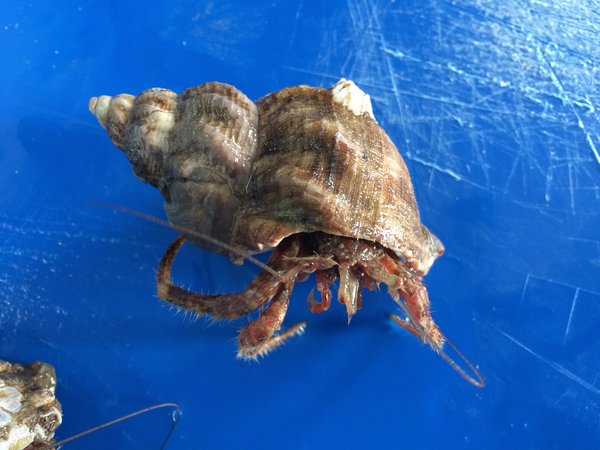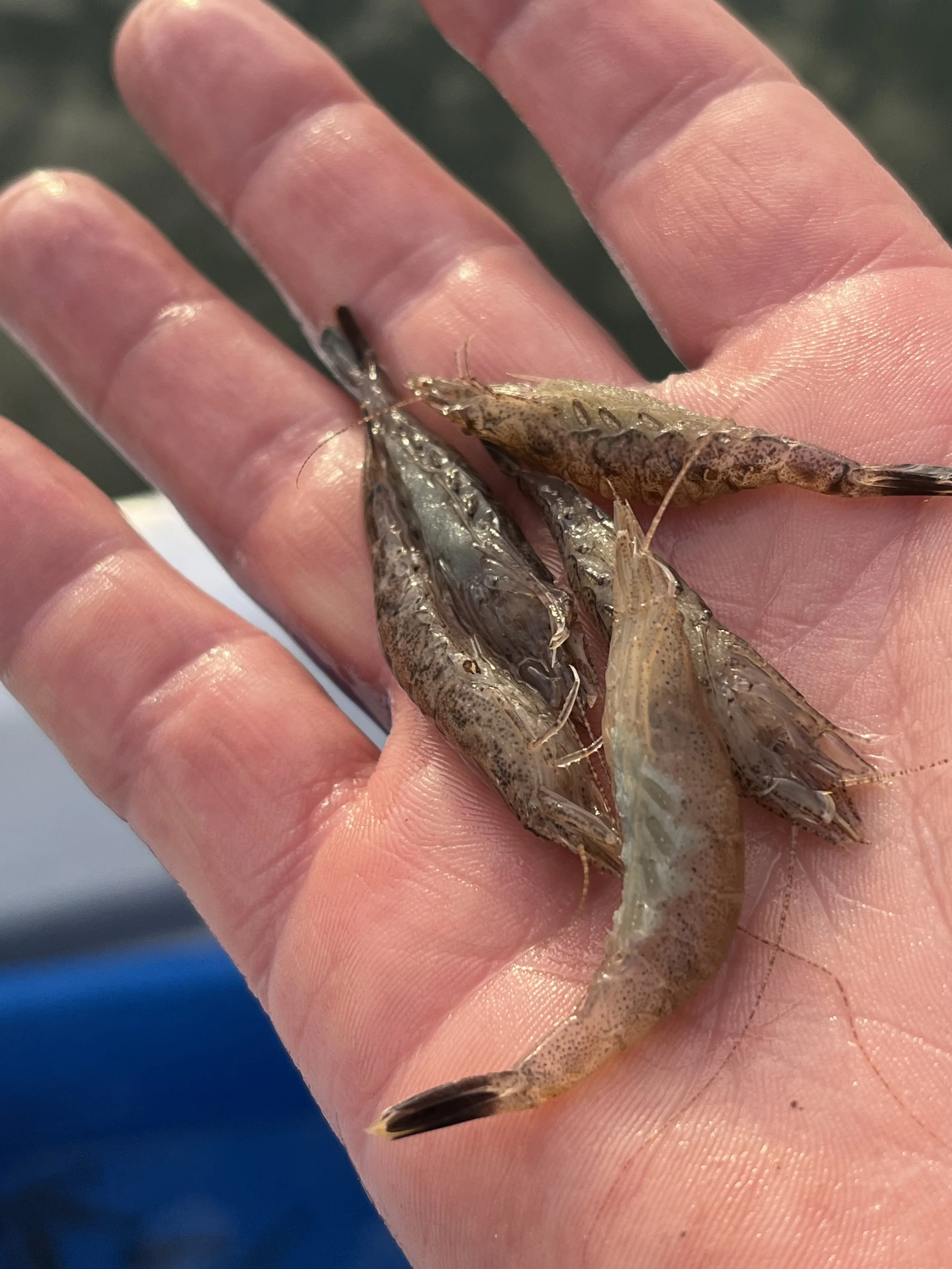 Image 1 of 2
Image 1 of 2

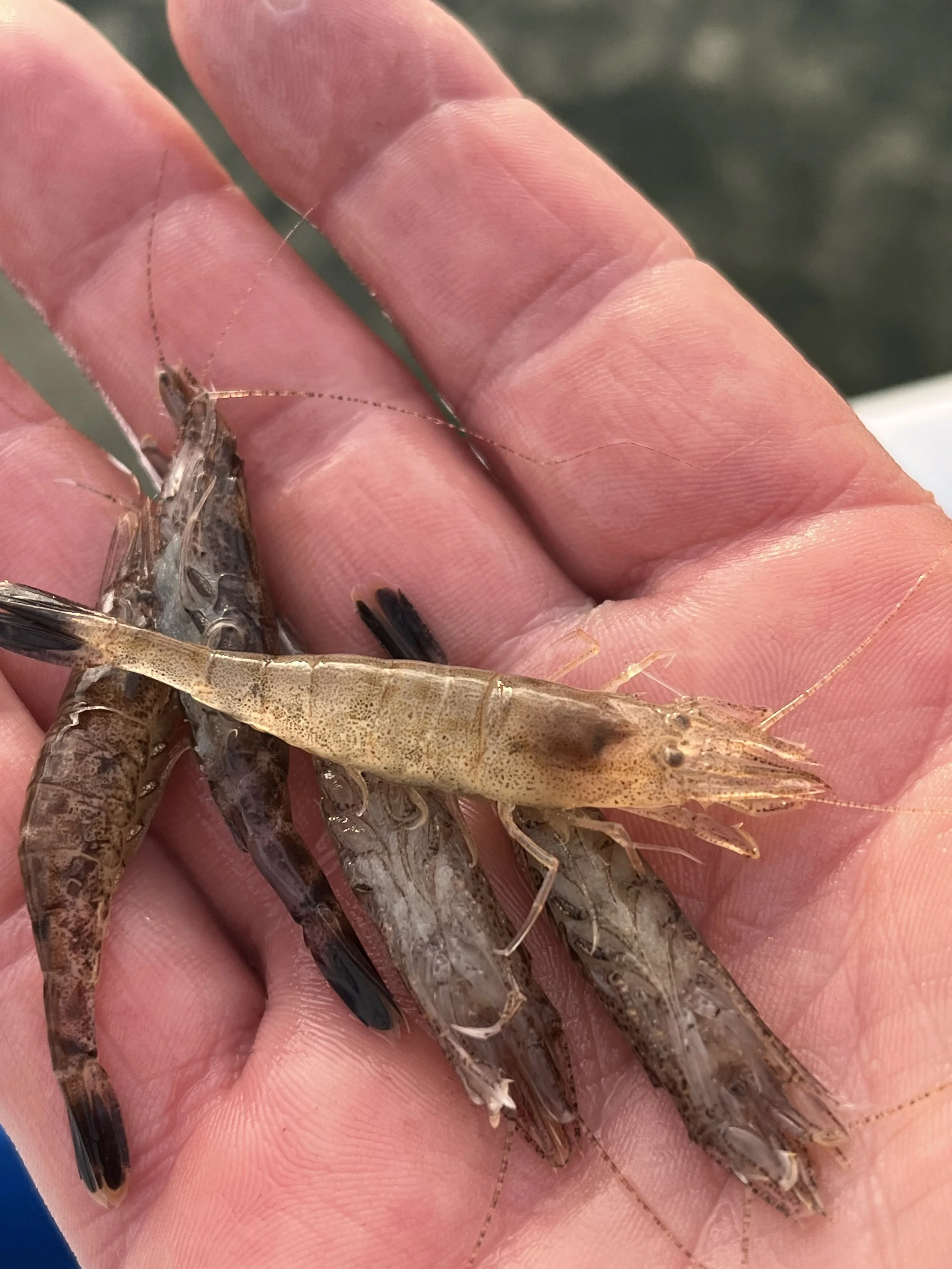 Image 2 of 2
Image 2 of 2



Sand Shrimp (Crangon septemspinosa)
Live Sand Shrimp (Crangon septemspinosa)
Please Note This Is A Live Science Specimen
The Sand Shrimp (Crangon septemspinosa) is a small, translucent crustacean commonly found among submerged seaweeds and eelgrass beds along the Maine coast. Known for their quick darting movements and remarkable camouflage abilities, these shrimp are key species in coastal food webs — serving as both predator and prey in intertidal and subtidal ecosystems.
Ideal for marine biology classes, aquarium studies, and touch tank displays, Sand Shrimp provide a hands-on way to observe crustacean behavior, anatomy, and ecological roles in real time.
Common name: Sand shrimp
Scientific name: Crangon septemspinosa
Locations: Within submerged seaweed plants and sandy substrates, in eelgrass beds
Seasonality: Move to deeper waters in winter; available year-round
Colors: Tan, gray
Size: 2.5”
Collected: By dip net
Quantity: Sold by the each
Uses: Perfect for aquariums, classroom study, or ecological education exhibits.
Note: This is a live marine specimen. Natural variations in size, color, and appearance from photos should be expected. If you would like any specimen preserved, please send a request to: info@gulfofme.com
Live Sand Shrimp (Crangon septemspinosa)
Please Note This Is A Live Science Specimen
The Sand Shrimp (Crangon septemspinosa) is a small, translucent crustacean commonly found among submerged seaweeds and eelgrass beds along the Maine coast. Known for their quick darting movements and remarkable camouflage abilities, these shrimp are key species in coastal food webs — serving as both predator and prey in intertidal and subtidal ecosystems.
Ideal for marine biology classes, aquarium studies, and touch tank displays, Sand Shrimp provide a hands-on way to observe crustacean behavior, anatomy, and ecological roles in real time.
Common name: Sand shrimp
Scientific name: Crangon septemspinosa
Locations: Within submerged seaweed plants and sandy substrates, in eelgrass beds
Seasonality: Move to deeper waters in winter; available year-round
Colors: Tan, gray
Size: 2.5”
Collected: By dip net
Quantity: Sold by the each
Uses: Perfect for aquariums, classroom study, or ecological education exhibits.
Note: This is a live marine specimen. Natural variations in size, color, and appearance from photos should be expected. If you would like any specimen preserved, please send a request to: info@gulfofme.com

Sand shrimp in our dip net.
Tidepool Tim says, "These shrimp are dominant predators of the benthic community. They're mostly active at night, burrowing under the sand with only their antenna exposed during the day. They are hiding from green crabs and other predators. They eat invertebrates, fish larvae, and even juvenile fish."

